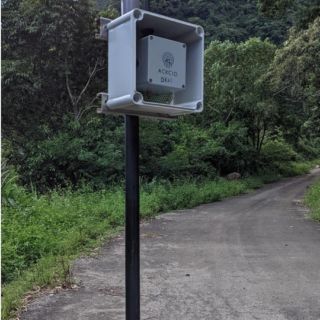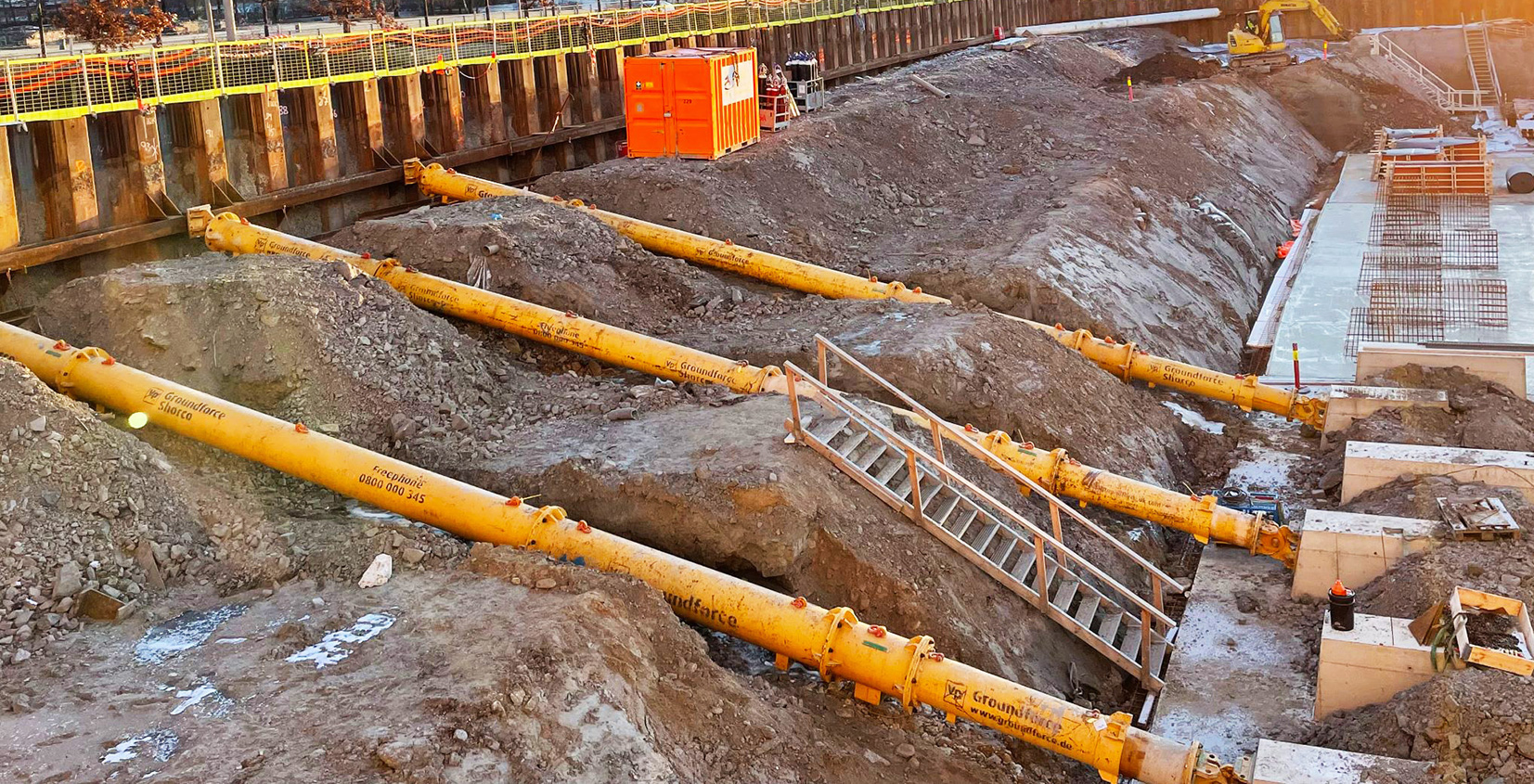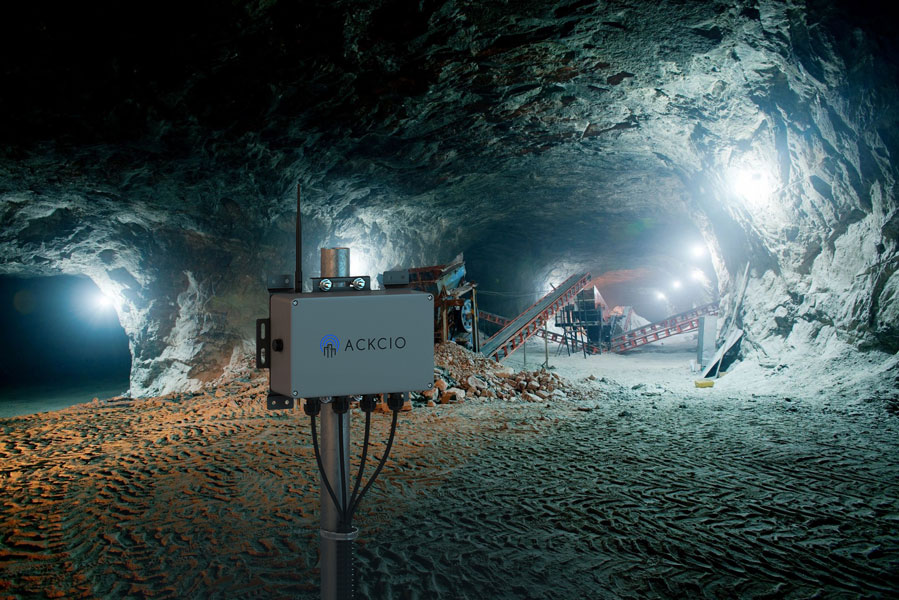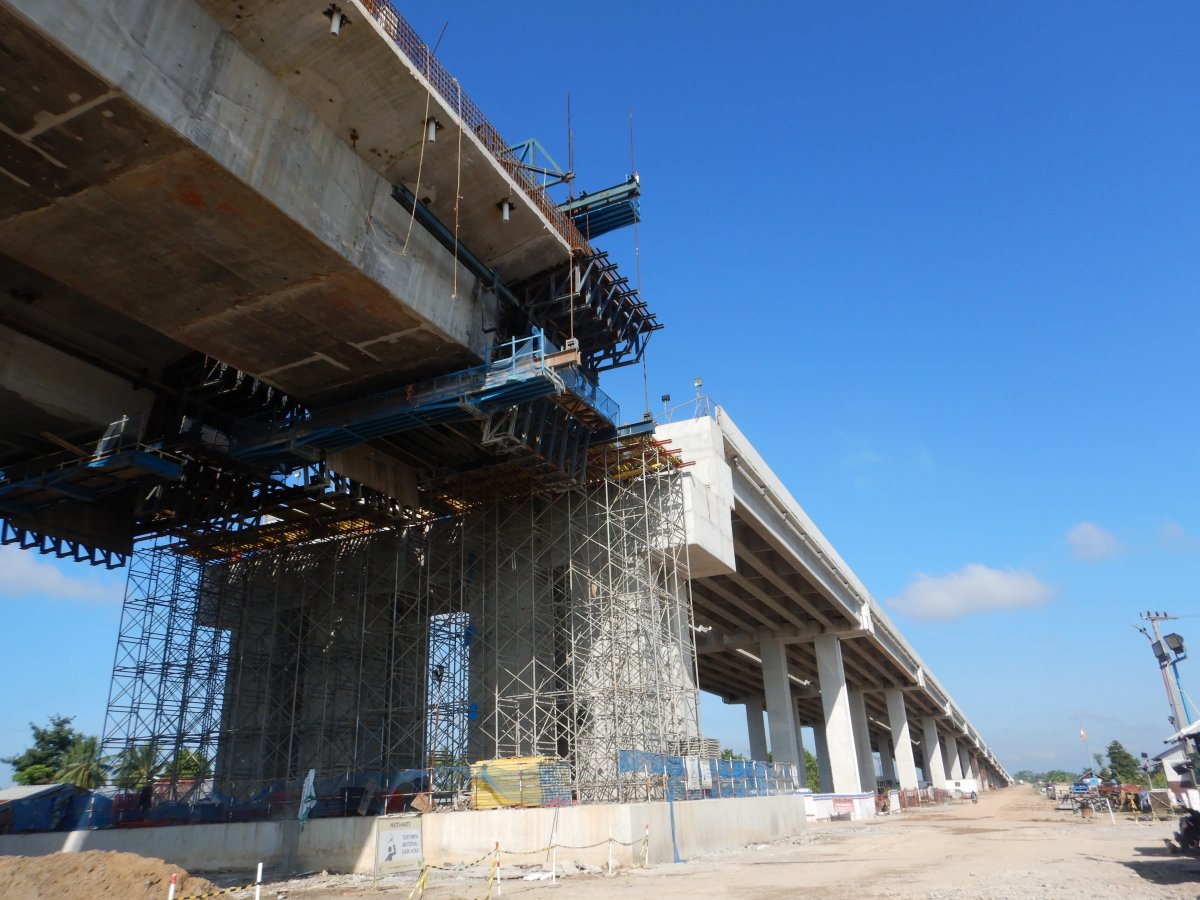Challenge
The Feitsui Dam in Taiwan is a critical piece of infrastructure that forms the region’s second-largest reservoir and the primary source of drinking water for approximately five million people in Taipei.
The double curvature concrete arch dam, located about 30 kilometres from the city, spans the Beishi River in a remote mountainous site bounded by steep, densely forested slopes.
Landslides triggered by heavy rain or seismic activity are a serious concern, as they can deposit large amounts of silt in the reservoir, reducing the dam’s lifespan and limiting its capacity, as well as negatively affecting drinking water quality.
“If landslides can be predicted in advance, the owner can take preventive measures,” says Eric Hoe, Vice President of Diagnostic Engineering Consultants Limited (DECL), one of Taiwan’s leading geotechnical testing and monitoring firms. The company’s portfolio includes a number of important, large-scale projects, such as Taipei 101, high-speed rail, MRT, highways, bridges and deep excavations.
Feitsui Reservoir has been monitored for over 30 years for dam safety and slope stability to provide early warning information. Along with protecting the water supply and dam infrastructure, this proactive alert system cuts the risk of injury or death from landslides to workers on the site, who could evacuate the danger zone if there were signs of instability.
Over the years, several data transmission methods, including radio and low-power, wireless LoRa networks, have been used to monitor the site, but its landform and topography made them unreliable.
LoRa systems use a star topology, in which every node must connect directly to the central gateway receiver. At Feitsui, the gateway was installed at a building on the dam. It is the only reliable internet connection on the site, which has very intermittent cellular service. But the star topology could not reliably cover the entire monitoring network from the gateway to the furthest sensor 4.1 kilometres away.
“We had to find another way to fix the problem,” Eric says. In July 2021, DECL won the tender to provide an automated slope monitoring solution. They proposed trying an alternative wireless monitoring system. “That’s why we contacted Ackcio. We thought a mesh network was a better solution for this project.”
Solution
DECL was hired to install the sensors and monitoring equipment, collect readings every hour, and present them to the client on a data visualisation platform.
The sensor type – Measurand ShapeArrays – were proposed to replace conventional In-place inclinometers (IPI) for better data quality at three locations around the reservoir’s perimeter with a high risk of landslides. To get the data flowing reliably from the field, DECL chose Ackcio, with whom they have worked on two previous projects, for a few reasons.

To begin with, Ackcio integrates with the ShapeArray. Sensor-agnostic by design, Ackcio pairs with all leading sensor brands and monitoring data-presentation software to provide a seamless, end-to-end solution. With millisecond-level time synchronisation, all of the sensors can be read practically in real-time.
Ackcio’s system has multiple features to protect against data loss, including background data syncing. If the network is down or a node cannot join, it stores the data in its onboard memory until the connection is re-established. At the gateway, if the main 12V power supply goes down, the unit goes into a unique low-power mode with its backup battery. The gateway continues to receive sensor data during the outage, storing it locally in its onboard flash memory until the main power supply returns, after which it will push all the stored data.
Ackcio’s on-demand downlink feature allows users to remotely send updates to the nodes in real-time and adjust the reading frequency. And Ackcio’s private, on-the-edge solution and AES 128 encryption algorithms ensure the mesh network and all data are secure.
DECL also had to find an automated, real-time monitoring solution that could overcome the site’s distance-related data transmission challenges between the sensors and the gateway. Ackcio’s long- range mesh topology, in which all of the nodes can “talk” to each other, offered far greater coverage than the previous star network. Due to the site’s topology and environmental conditions, the maximum reliable data transmission distance at Feitsui is around two kilometres. To overcome this issue, Ackcio designed a network integrating multiple repeater nodes to assist the range challenges of the site and most importantly ensure reliable connectivity, even with the furthest sensors.

In September 2021, DECL installed the ShapeArrays (SAAV) in 30-metre casings and data transmission nodes around the road. Most of the sensor sites and nodes were accessible by road, while one node was only accessible by boat. Each sensor site was equipped with an Ackcio Digital Node (BEAM-DG) powered by solar panels and batteries. DECL also installed Ackcio Repeater Nodes (BEAM-RN) to strengthen the network through the challenging environment.

The nodes transmit readings to the Ackcio Gateway (BEAM-GW), installed on the top of the building on the dam that has WiFi and power. The system started reliably sending automated readings in October, a promising start to a two-year pilot project to test this system at the Feitsui site.

“The owner is happy to have an alternative solution, as it is more affordable and can transmit the data reliably,” Eric says. “They are impressed by the result.”

Ackcio is far more cost-effective than a manual system. “And with manual readings, you couldn’t do it in real-time, so that’s a problem,” Eric says. And compared to other wireless solutions, Ackcio’s long-range mesh network, which allows the addition of more nodes to reliably extend the transmission coverage, is the real advantage.
He and his colleagues plan to use Ackcio on upcoming DECL projects, such as a high-speed rail tunnel and bridge monitoring. Along with the quality and reliability of its data transmission, the ease of installing its equipment, the built-in integration with ShapeArray and other sensors, and the cost savings, he’s been impressed with Ackcio’s service.
“Ackcio provides a better solution than conventional wireless solutions,” Eric says.
Benefits
- Long-range Ackcio Mesh offers extendable range in difficult topology
- Reliable communication with multiple paths of redundancy
- Easy to install and use
- Eliminates the need for manual data collection
- Ultra-low power consumption
Results
- Remote data access
- Real-time readings
- Reliable early-warning system
- Complete understanding of soil movement
Testimonial
Eric Hoe, Vice President of DECL, shares his experience working with the Ackcio team.
“They are very supportive of our project, respond very quickly, and provide very good service. Any time we contact them about technical issues, they can give us good answers. We are very satisfied with Ackcio.”


